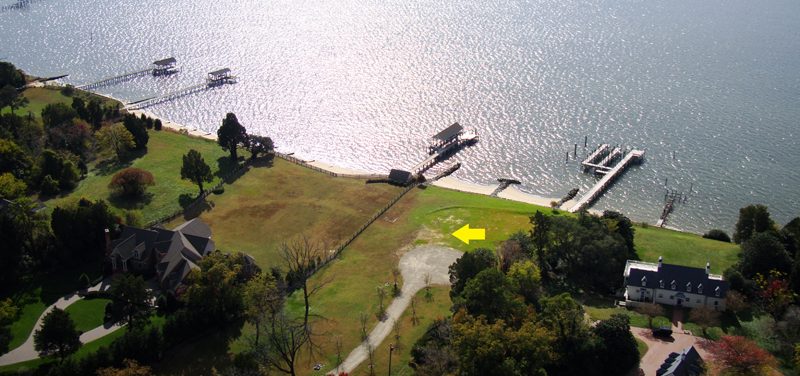
Buying an undeveloped plot of land is something that presents plenty of opportunity, but it can come with plenty of risks as well. Many people make the mistake of thinking that once you own a plot of land, you’re free to do anything you want with it, which is far from the truth.
Here are a few important things to keep in mind before you purchase a plot of land:
Land isn’t something you can just flip immediately – holding land is an investment which can take about 10 to 20 years before it generates profit. It’s something that doesn’t just double its value overnight.
It can take around three to five years to fully start development, as you’ll need to go through zoning approval processes, the main one being approval from the municipality. Zoning presents a huge risk, as you may encounter so many zoning restrictions that can significantly hinder development.
If building a home immediately as soon as you buy land isn’t part of your plan, you may need to pay all cash, which usually amounts to about 30% to 50% up front.
You’ll need to have pristine credit, as lenders usually look at financing raw land as a risky endeavor – you don’t have any collateral to offer, such as a pre-existing home, which can serve as a hedge to a bank.
An easement is a situation wherein someone else needs to go through your land to get to theirs, and vice versa. There are many forms of easements. For example, the land you just purchased may have an existing power line running through it, the electrical utility has the right to service the line (also known as a right of way).
There may also be an easement on the property that has existed for several years, which can usually be revealed through a title search or survey. Having the property surveyed is a good way for you to avoid potential problems from accidentally building onto someone else’s property.
In case the land you’re purchasing is not within a municipal sewer system, any structure you’ll likely build on it may need a septic tank, which requires a percolation test. This test is used to gauge the soil’s capability to absorb liquid that goes out of a septic tank.
If the results show that the land is not capable of supporting a septic system, you will be prevented from building on it. There are different requirements for every state and municipality, so before you purchase a plot of land, it’s best to conduct a percolation test to see if it passes first.
If the plot of land isn’t within the local city’s sewer system, it’s likely you’ll need to construct a well, which can cost more than $10,000 to build.
In addition, you may need to add a fire hydrant so firefighters will have access to a rural water supply. If you take into account additional requirements such as tanks and pumps, you may need to spend about $50,000 so your land gets a stable water supply.